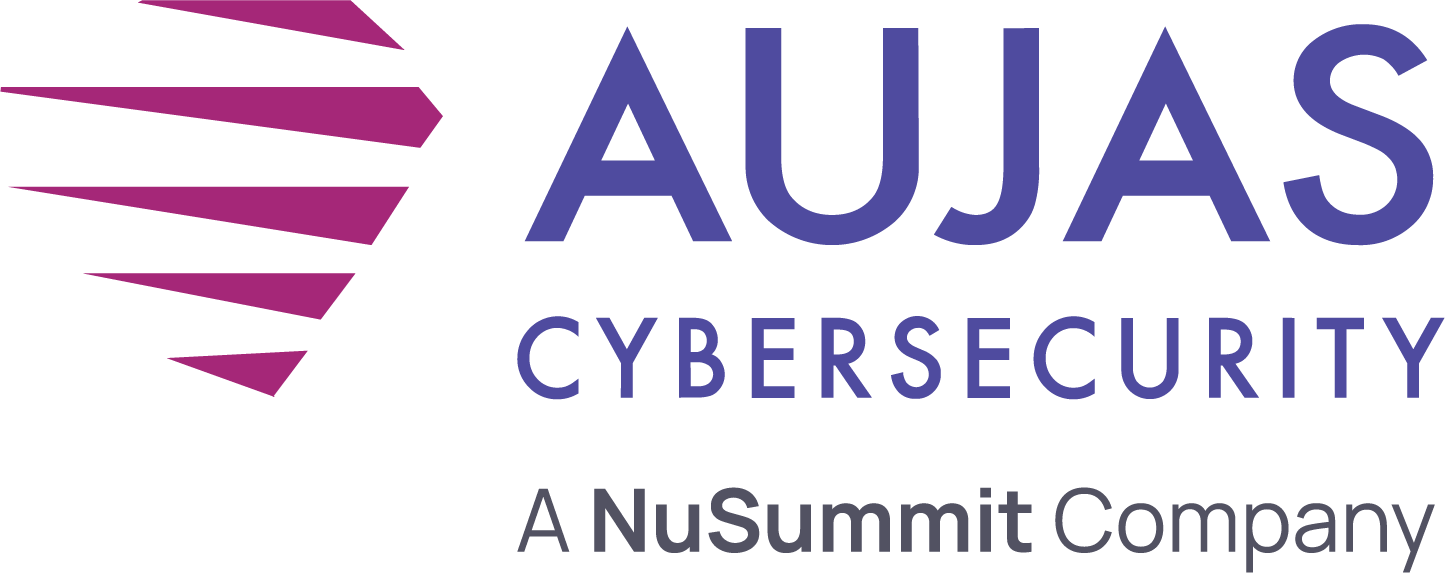
To remain secure in today’s digital-first economy, organizations must be able to see, understand, and act on what’s happening across their technology environment. This is the foundational value proposition of Security Information and Event Management, or SIEM.
SIEM platforms have long supported organizations in managing risk, meeting compliance goals, and handling security events. However, much has changed. Cloud computing, remote workforces, rising regulations, and more advanced cyber threats are changing how businesses operate. And this change is happening fast.
Industries such as banking, fintech, healthcare, telecom, oil and gas, and manufacturing now function as digital networks. Their operations depend on many devices, cloud-based services, and hybrid systems. Initially built for fixed, on-site setups, legacy SIEM solutions are struggling to keep up.
It’s an opportunity for technology and security leaders to evaluate whether their current approach is equipped to manage today’s risks while supporting the pace of digital transformation.
The Limitations of Legacy SIEM
Legacy SIEMs were once helpful for centralizing security data and meeting compliance needs. But today, these older platforms present new risks. They are costly to run, slow to evolve, and disconnected from the needs of modern businesses.
Here are five of the most common limitations:
High Costs
Older SIEM systems often require large upfront spending. Ongoing expenses for hardware, licenses, and specialized staff continue to rise. As data grows, so do the costs for storage and processing.
Scalability Problems
Legacy platforms were not designed to support the size and speed of modern digital systems. As organizations move to the cloud, these tools become harder to scale, causing delays and limited visibility.
Excessive Alert Generation
Security teams often receive thousands of alerts each day. Knowing which matters most becomes difficult without clear context, leading to missed incidents and inefficiency.
Limited Cloud Integration
Many older SIEMs do not work well with multi-cloud systems or cloud-based applications, creating blind spots in areas where most attacks now occur.
Slow Response Times
Legacy platforms rely heavily on manual processes. They lack automation and aren’t easily connected to modern tools or intelligence sources.
When your legacy SIEM becomes a barrier rather than a benefit, it’s time to consider alternatives.
Cloud-Native SIEM: A Smarter Choice for the Future
Switching to a cloud-native SIEM isn’t just about replacing software. It’s a strategic decision to improve agility, reduce costs, and build long-term resilience.
The value of a cloud-native SIEM goes far beyond cost:
- Simplified Compliance and Visibility
These systems offer one place to track data protection rules like HIPAA and PCI-DSS, making audits faster and easier.
- Better User Experience
Faster alerting, fewer distractions, and smoother investigations help security teams stay focused and effective.
- Built-In Automation
Cloud-native SIEMs let you automate common tasks such as incident triage and reporting. This saves time for higher-value work.
- AI and Machine Learning Support
Advanced systems use AI to detect unusual behavior, predict threats, and provide helpful context for each incident.
- Faster Setup and Scaling
No hardware is required. These platforms can be deployed quickly and grow with your needs across any location or device.
In short, cloud-native SIEMs deliver faster insights, broader protection, and smarter responses—all while keeping costs under control.
Migration: A Process That Needs Planning
Moving from a legacy SIEM to a cloud-native one brings several challenges. It’s not just about adopting a new tool. It means changing how teams work, handling threats, and managing data.
Some common concerns include:
- Complex data transfers
- Difficulty linking with existing tools
- Training and user adoption
- Running both systems during the handover period (typically 3–6 months)
These issues are real but solvable—with the right plan in place.
A Step-by-Step Approach to Migration
A good migration starts with understanding your goals, data, and business risks. Here’s a practical plan:
Start with an Assessment
Review which systems and logs matter most. Communicate with your IT, compliance, and security teams to align priorities.
Deploy in Parallel
Run your old and new SIEM systems together. This helps you test things safely, confirm that data is flowing correctly, and check that alerts are working as expected.
Refine and Improve Rules
Instead of copying your old rules, rebuild them to match the new system’s features. Focus on rules that deliver real value.
Add Automation and Intelligence
Use the opportunity to introduce automation and AI tools. Automate time-consuming tasks and integrate threat intelligence to strengthen your response.
Complete the Switch and Tune Performance
Once your team is confident, move fully to the new system and monitor its impact on business operations, not just technical performance.
Migration is not a one-time task. It’s a chance to modernize how you manage cyber threats.
Why Microsoft Sentinel Is a Strong Option
If you’re considering a cloud-native SIEM, Microsoft Sentinel is one of the most widely used and respected platforms available.
Here’s why:
- Listed as a leader by Gartner in the 2024 SIEM market report
- Trusted by over 25,000 organizations, including major banks and healthcare providers
- Works well with the broader Microsoft security ecosystem
- Offers AI-powered insights backed by thousands of security experts
- Provides flexible pricing, including options for log storage, alert handling, and automation
Sentinel is more than a tool. It is a complete platform for running modern, efficient, scalable security operations.
Conclusion: More a Strategic Need Than an Upgrade
Legacy SIEMs were built for a different era. Today’s businesses face threats that move faster and hit harder, so traditional systems are no longer enough.
A cloud-native SIEM is not just a technological decision but a critical aspect in protecting your business, improving teamwork, and being compliant. It supports better decision-making, stronger defenses, and a more agile response to risk.





